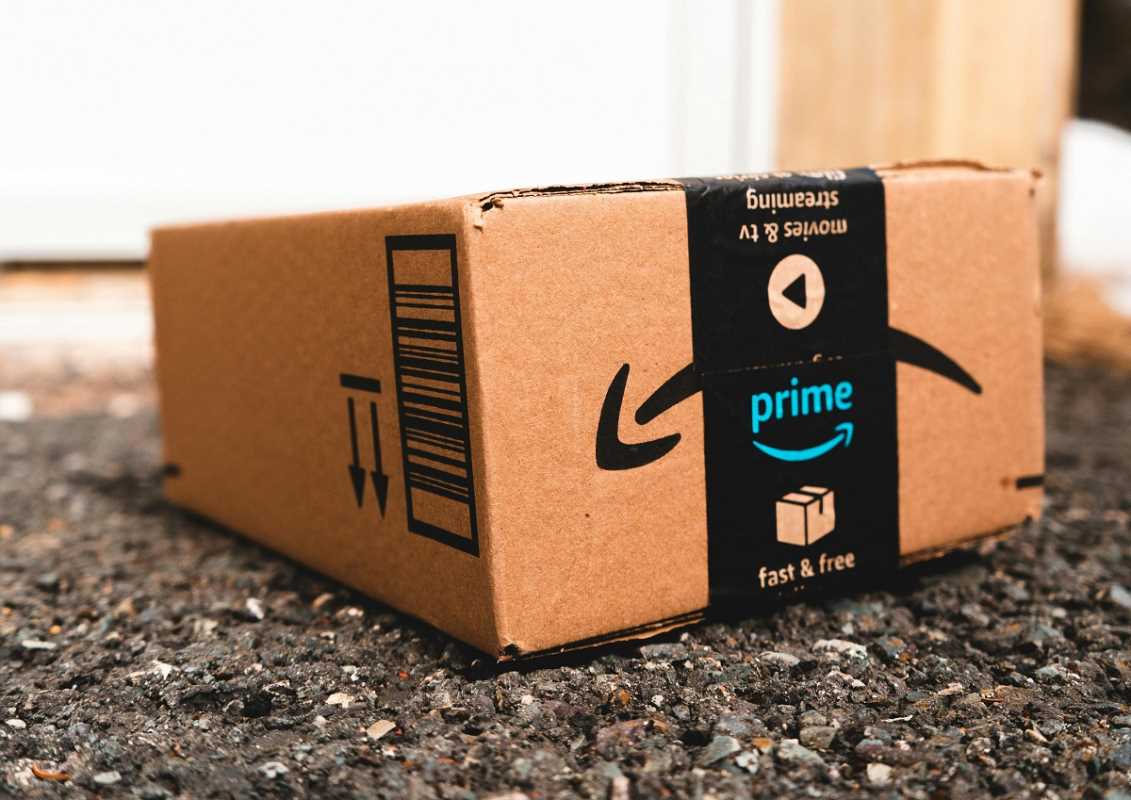Buying ethically often comes with a reputation for being expensive, but supporting Environmental, Social, and Governance (ESG) brands doesn’t have to break the bank. ESG brands prioritize sustainable practices, fair labor, and corporate responsibility, aligning with values many of us share but sometimes feel we can’t afford. Fortunately, you can shop ethically on a budget, and this guide will show you exactly how.
Here, we’ll explore what ESG brands are, their importance, and actionable strategies to support meaningful causes without overpaying.
What Are ESG Brands?
ESG stands for Environmental, Social, and Governance, three factors used to assess a company’s commitment to sustainability, community impact, and transparent leadership. ESG brands actively work to address issues like carbon reduction, ethical labor, and promoting diversity.
Why Supporting ESG Brands Matters
- Environmental Impact: ESG brands aim to reduce carbon footprints, minimize waste, and use sustainable materials, which helps combat climate change.
- Social Responsibility: They ensure fair wages, safe working conditions, and support local communities, improving lives around the globe.
- Governance Standards: These brands function ethically, with transparent processes that avoid exploitative practices and greenwashing (more on that later).
By supporting ESG brands, you’re casting a vote for a better world with every purchase. The challenge lies in finding ways to do this without overstretching your budget.
Tips for Supporting ESG Brands Without Overpaying
You don’t need a lavish budget to shop ethically. With smart strategies, you can align your spending with your values while keeping costs in check.
1. Research Brands Before You Buy
Not every brand that claims to be sustainable operates ethically. Some engage in “greenwashing” by marketing themselves as sustainable without clear follow-through.
How to Spot True ESG Brands
- Look for Certifications: Labels like Fair Trade Certified, B Corp, or OEKO-TEX Standard 100 signal authentic efforts.
- Check Transparent Ratings: Websites like Good On You, Ethical Consumer, or Sustainable Jungle provide brand performance scores based on ESG criteria.
- Read the Fine Print: A brand’s sustainability page should detail concrete practices (e.g., recycled materials, carbon offsets). Vague claims like “eco-friendly processes” without specifics can be a red flag.
Pro Tip: Make a list of ESG brands you trust and compare them before shopping to maximize savings.
2. Prioritize Key Purchases
Shifting everything to ESG-friendly brands at once can be overwhelming and expensive. Instead, start small by choosing areas where purchasing ethically is the most impactful or aligns most closely with your values.
Where to Focus First
- Clothing: The fashion industry is a major polluter. Opt for brand-new items only when necessary and choose slow-fashion brands.
- Groceries: Buy certified organic, local, or Fair Trade goods to support sustainable farming.
- Household Goods: Look for sustainably sourced or recycled materials in everyday items like cleaning supplies or decor.
Pro Tip: Replace items gradually rather than overhauling your lifestyle overnight. Shopping ethically is a marathon, not a sprint.
3. Buy Secondhand Whenever Possible
Shopping pre-loved is one of the most budget-friendly (and sustainable!) ways to support ESG principles. You’re giving items a second life and reducing demand for resource-heavy production.
Where to Shop Secondhand
- Thrift Stores: Local shops often carry unique, sustainable finds at wallet-friendly prices.
- Online Platforms: Try apps like ThredUp, Poshmark, and Depop for secondhand clothing and accessories.
- Facebook Marketplace: A great way to score deals on furniture, appliances, and other items locally.
By combining secondhand shopping with ESG principles, you can support sustainability without paying premium prices.
4. Look for Sales and Discounts
Even eco-conscious brands hold sales, often at the end of a season or around key retail holidays. Don’t be afraid to take advantage of these savings opportunities.
How to Shop a Sale
- Sign Up for Newsletters: ESG brands often offer subscriber discounts and send alerts for upcoming sales.
- Use Discount Codes: Search for promo codes on platforms like Honey or RetailMeNot before checkout.
- Follow Brands on Social Media: Many brands share flash sales exclusively on their Instagram or Twitter profiles.
Pro Tip: Plan your purchases around seasonal or clearance sales instead of buying spontaneously at full price.
5. Use Ethical Shopping Apps
Take advantage of apps and websites that make shopping ethically more accessible and affordable.
Recommended Apps
- Good On You: Rates brands based on ESG criteria and suggests better alternatives.
- DoneGood: Highlights affordable sustainable brands and often features exclusive deals.
- Refillery & Eco: Apps that help you track waste reduction through eco-conscious purchases.
Pro Tip: Set filters for “budget-friendly” or “on-sale” products to find ethically sourced items that align with your financial goals.
6. DIY Solutions and Upcycling
Not every sustainable purchase requires opening your wallet! Sometimes adopting DIY or upcycling habits can reduce your spending while enhancing sustainability.
Easy DIY Strategies
- Repair clothes instead of replacing them.
- Repurpose or upcycle household items; for example, turn old jars into plant holders.
- DIY cleaning solutions using ingredients like vinegar and baking soda.
Small changes like these allow you to embody sustainability while minimizing the strain on your budget.
7. Swap Instead of Shop
Clothing and item swaps are rising in popularity as a way to save money and reduce consumption. Organize or join swap events to trade gently used items for something new-to-you.
Where to Swap
- Neighborhood Gatherings: Host a group swap event with friends, neighbors, or coworkers.
- Online Swaps: Facebook groups and websites like swap.com make it easy to trade items with strangers.
- Community Centers: Libraries or local events often host free swapping days.
Swapping ensures you’re participating in a circular economy while saving money.
Avoiding Overpaying with ESG Buying
It’s easy to feel pressured into overspending to “do the right thing,” but real sustainability balances values with financial responsibility.
How to Avoid Overspending
- Start Small: Re-focus your choices on a few high-impact changes rather than striving for unattainable perfection.
- Stick to Your Needs: It’s okay to leave aspirational eco-goods in your online cart if they’re unnecessary.
- Avoid Trends: Opt for timeless designs in fashion or home items that won’t go out of style quickly.
Long-Term Savings Through Ethical Spending
While ethical products can sometimes cost more upfront, they tend to pay off in the long run. Higher-quality items often last longer, meaning fewer replacements. Likewise, supporting ESG brands builds demand for better business practices, which eventually lowers prices as these efforts become more mainstream.
 (Image via
(Image via.jpg)





